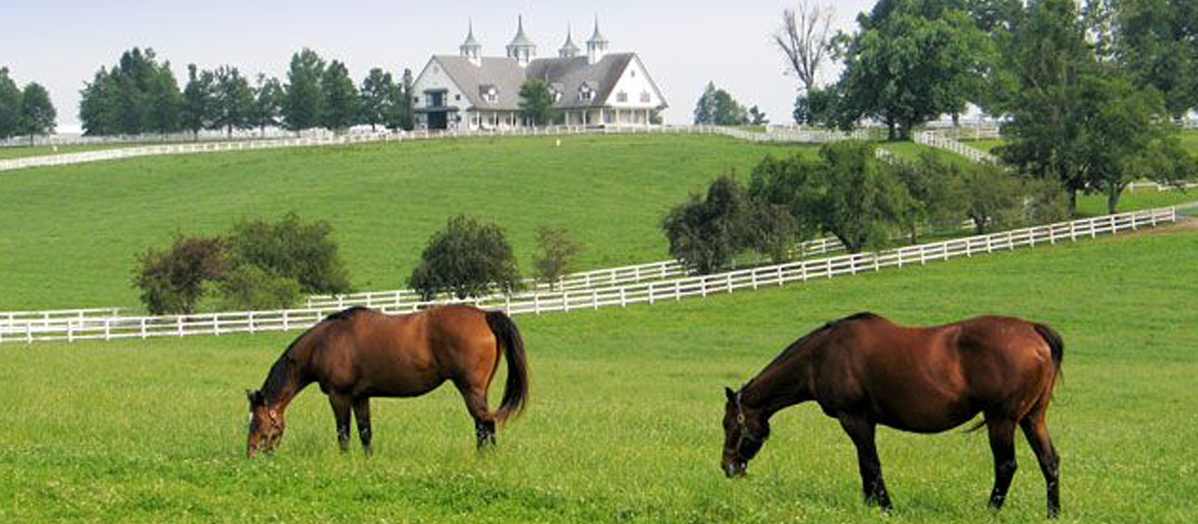365 Days in Horse Country – The Cleveland Bay

Said to be England’s oldest established horse breed, the
Cleveland Bay takes its name from the Cleveland area of northeast England where
it was developed. In the Middle Ages,
the Cleveland Bay was bred at monasteries for use as pack animals. Its ancestors probably included pack horses
from the Yorkshire Dales knows as Chapman horses for their association with the
itinerant peddlers knows as chapmen.
Sometime before the end of the seventeenth century, the Chapman horses
were bred with Arab Barns to create a larger, more powerful pack and harness
animal.
The breed’s popularity spread beyond its original home, and it was frequently used to pull carts and wagons for farmers. Some Clevelands were crossed with Thoroughbreds to produce tall elegant carriage horses. In 1884, however, the Cleveland Bay Horse Society of Great Britain published a stud book containing stallions and mares whose pedigrees went back more than a century and had not been crossed with other breeds. From then on, the breed was maintained with no outcrosses, in an effort to the breed characteristics; including size, stamina, disposition, and colour. The breed almost became lost after the advent of motorized vehicles, but a few dedicated breeders saved it from extinction.
Today’s Cleveland Bay is intelligent and sensible but with a strong character. As its name suggests, this bold and honest horse is always bay in colour with black legs, mane, and tail. It stands 16 to 16.2 hands, and its action is true, straight, and free.
Because of the Cleveland Bay’s stamina, hardy nature, and versatility, they have been used in dressage and show jumping. True to their heritage, they remain excellent carriage and driving horses as well. Teams of Clevelands compete in driving trials or are driven as singles, or in pairs, for recreational purposes. They make ideal heavy-weight hunters for the field, and they can be exhibited in the show ring either as in-hand, ridden, or working hunters. Mounted police appreciate them for their soundness and good temperament. Nonetheless, the Cleveland Bay is considered to be a rare breed, with fewer than 125 in North America.
Michael







